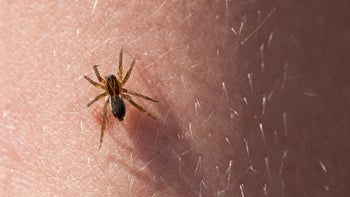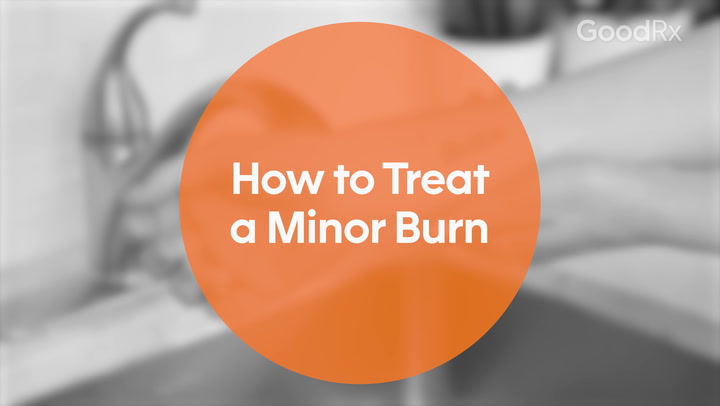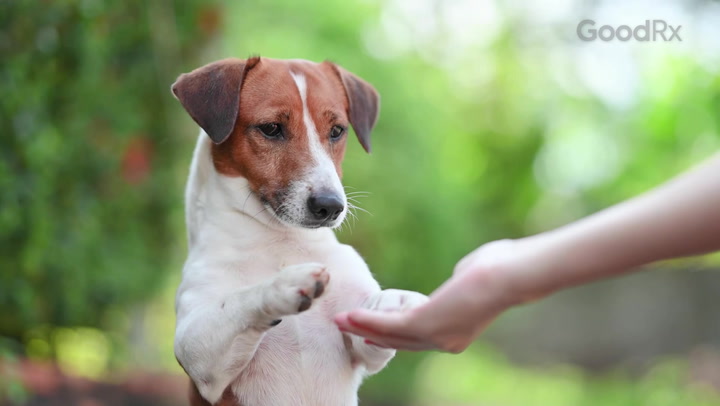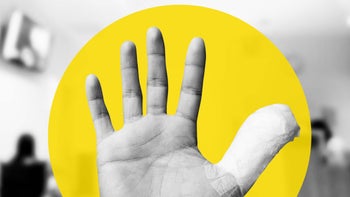
Pilonidal Cysts: Self-Care Tips and Home Remedies to Help You Recover
Key takeaways:
A pilonidal cyst can form when hairs get trapped under the skin. Pilonidal cysts can become infected and cause pain.
Pilonidal cysts need to be treated with surgery if they’re infected. There are no natural remedies that can cure a pilonidal cyst.
There are home remedies that can help you recover from pilonidal surgery like warm compresses, coccyx cushions, and sitz baths. Some of these self-care tips can also help keep pilonidal cysts from coming back.

A pilonidal cyst forms when hairs get trapped under the skin. The immune system tries to protect the body from trapped hair by making a wall around it. This creates the cyst. Pilonidal cysts can form anywhere on the body, but they most often develop near the tailbone.
Pilonidal cysts can be small, painless bumps. But usually, they become infected and cause redness, swelling, pain, and drainage. Infected pilonidal cysts need immediate care with surgery to remove the cyst and release the pus trapped inside. Some people also need to take antibiotics. Cysts that aren’t infected may also need to be removed, though sometimes they can be treated with minimally invasive procedures instead of surgery.
There’s no natural way to get rid of a pilonidal cyst. And you definitely shouldn’t try to pop one on your own at home.
Search and compare options
But there are at-home treatments you can use after pilonidal cyst removal to keep you comfortable and speed up your healing process. These home remedies can also keep new pilonidal cysts from forming. If you’re recovering from a pilonidal cyst, here are six self-care tips that can help.
1. Warm compresses
A warm compress can help speed up healing from pilonidal cyst removal. Warm compresses help keep your incision site open so that any leftover pus and fluid can easily drain out of your body.
Warmth also opens up your blood vessels letting your red blood cells and immune cells pass more easily to the area where your cyst used to be. Red blood cells deliver oxygen and other nutrients to your tissues so they can repair the damage from your cyst. Immune cells help fight off any lingering bacteria that prompted the infection inside your cyst.
You can make a warm compress at home using a clean towel and warm water. Apply the compress to your incision site for about 10 minutes. You can do this several times a day. Just make sure to use a clean towel each time so you don’t introduce bacteria into your wound.
Warm water compresses tend to cool quickly. If you find that this method doesn’t stay warm long enough, you can also make a warm compress using dry, white rice and a sock. First, fill a sock with dry, white rice and then microwave it for 15 seconds. Make sure the sock isn’t too hot and then lay it across your wound site. Again, use a clean sock each time you make the compress, but you can reuse the rice.
You can also try a reusable heat pack, just make sure you don’t microwave it too long. The goal is a warm pack, not a hot one. Too much heat can burn the sensitive skin around your incision.
2. Over-the-counter pain medication
Pain medication can help you feel more comfortable during your recovery. Most people only need to use over-the-counter (OTC) pain medication to stay comfortable. You can try acetaminophen (Tylenol) or ibuprofen (Motrin, Advil) for pain relief. Start with the lowest dose recommended by the manufacturer. If that isn’t enough, you can try a higher dose. Just make sure you don’t exceed the recommended amount or take the medication more often than the manufacturer recommends.
If you have certain medical conditions or take certain medications, either acetaminophen or ibuprofen, may be better for you. Your healthcare provider can help you decide which option is safest.
Pilonidal cysts grow near the skin’s surface so when they’re removed, there’s only a small wound. But if you had a very large cyst or you had an infection that spread, your wound may be much larger. Your healthcare provider may recommend prescription pain medication if you had a more extensive surgery and a larger wound.
3. Sitz bath
A sitz bath is a popular home remedy that can help soothe discomfort after a pilonidal cyst removal. You can do a sitz bath in either a bathtub or a shallow basin that’s large enough for you to sit in. You can fill the bathtub or basin with warm water and then sit in the water for 10 to 20 minutes. Make sure the water level is high enough to reach your wound.
You can also add baking soda or Epsom salts to your sitz bath to help soothe any itching or irritation around your wound. Just be sure to check with your healthcare provider about whether it’s OK to use these in your bath first.
Like warm compresses, sitz baths help increase blood flow to your wound, which helps with healing. They also help draw pus and fluid to the surface and out of your wound. You can do a sitz bath 3 to 4 times per day. Just make sure to wash out the basin or tub after each bath.
4. Coccyx cushions
A coccyx cushion is a must-have for pilonidal cyst recovery. These are portable seat cushions with a U shaped piece missing from the back part of the cushion. Coccyx cushions are designed to take pressure off your tailbone when you sit down. Using a coccyx cushion will make it easier for you to sit comfortably during your recovery because your wound is near or right over your tailbone.
Using a coccyx cushion regularly can also help prevent pilonidal cysts from coming back. Too much pressure on the tailbone can trigger pilonidal cysts to form. That’s why people who sit for long periods of time are more likely to develop them. So by sitting on a coccyx cushion, you take the pressure off your tailbone and hopefully lower your risk of developing another cyst.
5. Vitamins
Vitamins A, C, and zinc help your body repair damage and play an important role in wound healing. You can get enough of these three vitamins from a balanced diet. If you’re recovering from surgery, you want to make sure your diet is getting you enough of these vitamins. If your regular foods aren’t cutting it, try adding in foods that are rich in vitamin A, C, and zinc, such as:
Sweet potatoes and spinach (vitamin A)
Citrus fruits and their juices, tomato juice (vitamin C)
Shellfish, beef, and fortified cereals (zinc)
If you’re having trouble getting enough vitamins from your diet, talk with your healthcare provider about whether you should take a multivitamin.
6. Hair removal
After your surgery, you want to keep the area around your wound free of hair. You don’t want any hair getting into your wound, which can lead to yet another cyst. In the long term, keeping the area around your tailbone hair-free can also lower your risk of developing another pilonidal cyst.
Ask someone to shave the hair around your wound once a week. Once your wound completely heals, you can start taking over hair removal yourself. But since you can’t see the area clearly, you don’t want to be blind shaving until that wound is completely healed. Otherwise, you could end up accidentally cutting the delicate, healing skin, or introducing bacteria into the area.
You can also try more long-term hair removal strategies once your wound is fully healed, like waxing, laser hair removal, or electrolysis. Whatever the method, make sure you exfoliate the skin regularly, too. This helps hair grow more easily through the skin so it doesn’t get trapped. Pilonidal cyst advocates recommend salicylic acid solutions like No Bump and exfoliation gloves to help with exfoliation.
How long does it take for pilonidal cysts to heal?
Your wound will take between 1 and 2 months to fully heal. But if you have a very large wound, it may take longer to heal. If you have a medical condition that makes it harder for your body to heal wounds, like diabetes or a weakened immune system, it could take up to 6 months for your wound to fully heal.
Even though it will take a while for the wound to heal, you can still get back to your usual routine. Most people are back to work, school, and light exercise within a week. Keeping up with the self-care tips mentioned above can help you get back to the things you care about as soon as possible, and keep your cyst from coming back.
The bottom line
Pilonidal cysts form when hair gets trapped underneath the skin. These cysts usually become infected and need to be removed. There are home remedies that can help you recover after pilonidal cyst removal. Warm compresses and sitz baths can help speed up wound healing while also providing relief from discomfort. Acetaminophen (Tylenol) and ibuprofen (Motrin, Advil) can relieve pain and discomfort from surgery. Using a coccyx cushion and keeping the area around the wound hair-free can keep a pilonidal cyst from coming back.
Why trust our experts?


References
Alberta Health Services. (2017). Eating well for wound healing.
Ben-Joseph, E. P. (2020). Pilonidal cyst. Nemours KidsHealth.
Cevik, M., et al. (2018). Is conservative treatment an effective option for pilonidal sinus disease in children? International Wound Journal.
Kaiser Permanente. (2022). Pilonidal cyst removal: What to expect at home.
Pastorino, A., et al. (2023). Incision and drainage. StatPearls.
Pilonidal Support Alliance. (2019). Living with pilonidal disease.
Southwest Regional Wound Care Program. (n.d.). My pilonidal sinus.
Texas Children’s Hospital. (n.d.). Pilonidal cyst.
The University of Texas at Austin University Health Services. (n.d.). Pilonidal cyst.













